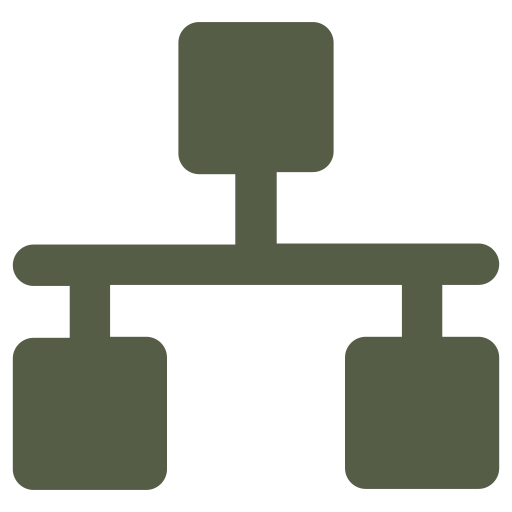Organizations need structure and shared goals to stay aligned. Without them, it’s like a music festival with no plan — total chaos, and no one wants that!
An organization isn’t just a group of people. It’s a network of interdependent units such as operations, marketing, HR, and finance, all working toward shared objectives.
 Photo by Arlington Research on Unsplash
Photo by Arlington Research on UnsplashTo keep these moving parts connected and effective, an organizational structure provides the framework.
It defines how work is divided, grouped, and supervised. It clarifies:
Who does what
Who reports to whom
How decisions are made
Understanding organizational structure helps you see how everything fits together — and how you can make your own organization more efficient and effective.
Types of Organizational Structures
Not all organizations are built the same way. The structure a company adopts depends on its size, goals, industry, and work culture.
Each structure has trade-offs. The key is to choose one that fits the organization’s goals and growth stage.
Here are four common types:

Functional Structure
Employees are grouped by expertise.
Example: 💡 A bank or manufacturing firm where departments handle distinct functions such as finance, marketing, operations, and HR.

Divisional Structure
Divisions are formed around products, markets, or regions — often operating as subsidiaries under a parent company. Each division runs semi-independently, managing its own resources while aligning with the organization’s overall strategy.
Example: 💡 Dangote Group has separate divisions (subsidiaries) for cement, sugar, and oil refining.

Matrix Structure
In a matrix structure, employees report to more than one manager — usually a functional lead and a project or product lead. This setup helps employees learn beyond their usual roles. It's ideal for project-based, consulting, or divisional organizations where projects require input from multiple departments or specialties.
Example: 💡 A designer might report to the Head of Design for performance review and to a Project Lead for daily project updates.

Flat or Horizontal Structure
An organization with a flat or horizontal structure has fewer management layers, allowing faster decisions and open communication.
Example: 💡 A design studio where everyone contributes ideas directly to the Creative Director.
Quiz
Marketing and Sales keep reaching the same clients with different offers. To fix this, leadership decides to redesign how teams are organized and assign ownership based on customer type. What structural change are they most likely implementing?
Organizational Structure: Creating Clarity and Coordination
Let’s see why having a clear structure is necessary and the real benefits it brings to any workplace.

Defining Roles and Clarity
Structure removes confusion about responsibilities. Tools like job descriptions make accountability clear and avoid duplication of roles.
Example: 💡 In a logistics firm, Operations manages deliveries while Customer Service handles complaints. Clear structure prevents overlap, saving time and improving coordination.

Flow of Authority
Structure defines the chain of command — who manages whom — and the reporting line for feedback and approvals. This ensures accountability and smoother decision flow.
Example: 💡 In a bank, branch managers report to regional heads, who report to the CEO. This ensures decisions and feedback flow smoothly.
Quiz
Your startup slows down because every decision needs your sign-off. You give team leads more authority to act independently. What benefits are most likely to follow? Select all that apply:
Structure for Performance and Agility

Coordinated Decision-Making
Structure affects how quickly and effectively decisions are made. A good structure ensures the right people make timely calls without unnecessary layers.
Example: 💡 In a multinational logistics firm, regional hubs are empowered to approve local route changes without waiting for headquarters.

Grouping Work (Departmentalization)
Departmentalization groups related tasks for focus and specialization. Work can be grouped by:
Function (Marketing, Sales, HR)
Product (Product A, Product B)
Geography (Africa, Europe, Asia divisions)
Example: 💡 A retail company with separate “Footwear” and “Apparel” divisions is grouping by product.

Control and Flexibility
Structure determines where decisions are made.
Centralized: Decisions are made at the top to ensure control and consistency.
Decentralized: Authority is shared to improve speed and adaptability.
Example: 💡Fast-food chains use centralization for uniformity, while tech firms use decentralization for innovation.
Quiz
A restaurant chain wants consistent recipes and customer experience across all outlets. What structure best supports this goal?
Take Action

To understand the structure of the organization you work for:
Your feedback matters to us.
This Byte helped me better understand the topic.
